New exhibition raises a glass to the colourful history of Pyrex in Sunderland, one hundred years on
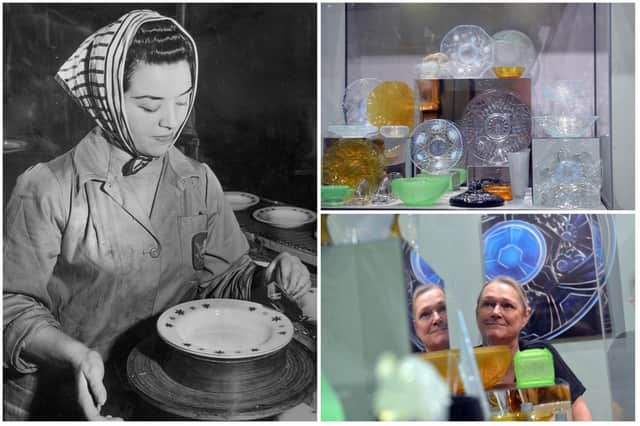

It was in 1922 that Jobling’s won the licence for the manufacture of the brand which had taken America by storm, where it was made by Corning Glass Works, thanks to its durability in the kitchen.
Over the decades, all Pyrex glassware in homes across Britain and the Commonwealth (except Canada) was made by the highly-skilled workers in the factory in Millfield.
Advertisement
Hide AdAdvertisement
Hide AdThe glassworks was the biggest employer after the shipyards in the then town, with generations of the same family often crafting glass, a skill that dates back to AD674 on Wearside where French glaziers created Britain’s first stained glass.


But in 2007, centuries of tradition came crashing down when the Wear Glass Works, owned by Arc, ceased production and closed for good.
It’s a factory of which many people in the city hold fond memories and Shauna Gregg, archives collections and exhibitions officer at Sunderland Museum & Winter Gardens, say it’s been great to take a trip down memory lane with former workers for the Pyrex100 exhibition.
The first phase of the exhibition, which has been assisted by funding from Esmée Fairbairn Collections Fund, looks at some of the art glass made by Jobling’s in the 1930s.
Advertisement
Hide AdAdvertisement
Hide AdThe range was an experiment by the firm at a time when their highly lucrative licence to produce Pyrex was under review. Designers were recruited from France to produce modern glass in up-to-date colours.
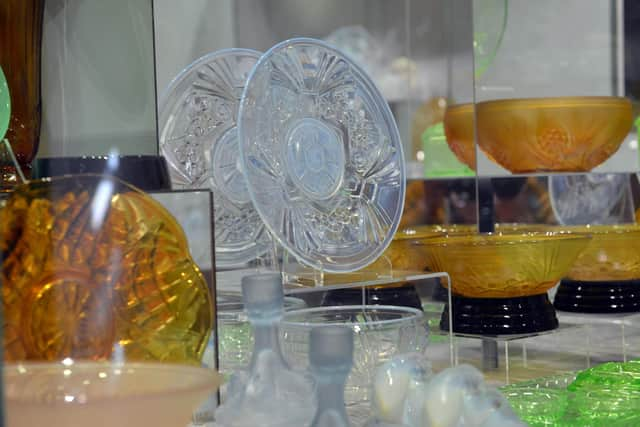

They imitated the more expensive French products of the 1920s and 1930s, such as Lalique. It was much cheaper than glass made by the French firms, aiming at stylish though not rich customers.
The range was only made for a few years and although not a profitable line in its time, Jobling’s art glass is popular with collectors.
"I actually visited the factory in 2007 on the last day of production through my work at the museum,” explained Shauna. “At one time, most people in Sunderland were related to, or knew someone, who worked in the factory. The best part of the exhibition has been chatting to the people who used to work there. It was a factory with a very social side to it, with things like the Queen of Glass competition and sports days. It was also very flexible for women for childcare.”
Advertisement
Hide AdAdvertisement
Hide AdAlthough the museum has a permanent glass display, the Pyrex100 display in the Art Gallery features pieces from the museum collection that aren’t usually on display, as well as loan pieces.
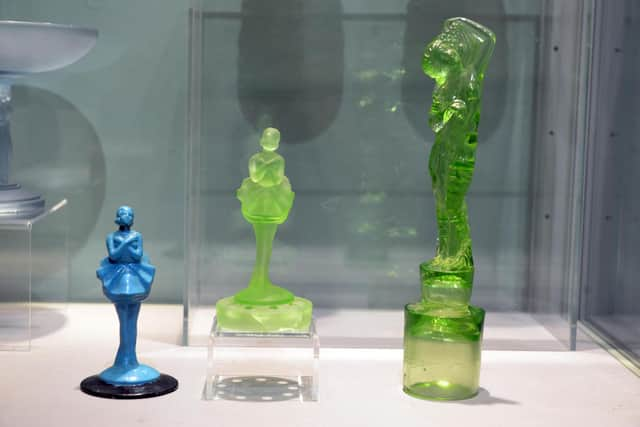

There’s also a section of contemporary glass works including pieces depicting virus structures by Luke Jerram whose Museum of the Moon installation recently wowed the crowds at Durham Cathedral.
The first phase of the exhibition will be on display until August. From September, the display will look at the more iconic Pyrex pieces, famous for their distinctive patterns, which proved a hit in post-war kitchens, when housewives looked to improve their skills.
"Pyrex was directly marketed to housewives,” explained Shauna. “It came at a time when society changed from servants doing the work to labour-saving devices and Pyrex reflected this.”
Advertisement
Hide AdAdvertisement
Hide AdThe glassware’s resistant and easy to clean properties made it a must-have kitchen accessory and its durability meant it was so difficult to break that it would often be passed down to other family members.
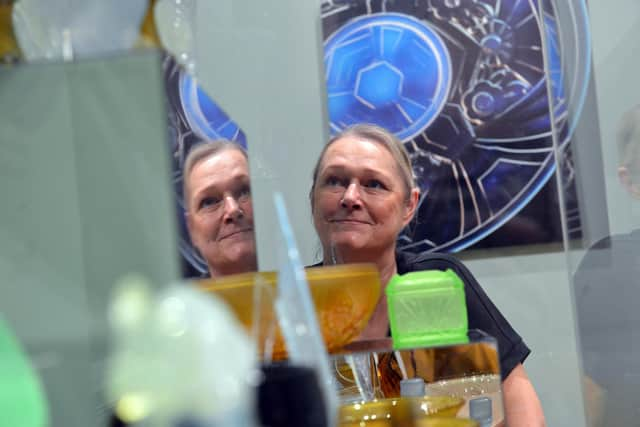

Shauna said: “It was a popular wedding gift and patterns like the Chelsea were big sellers. It was so durable that it would be in people’s kitchens for decades and that’s why they have such fond memories of it, especially now when we have more of a throwaway culture.
"I can still remember my gran’s blue Pyrex mixing bowl and all the biscuits and cakes that were made in it.”
Your Pyrex memories
A series of learning activities are running over the next few months to coincide with Pyrex100.
Advertisement
Hide AdAdvertisement
Hide AdThey include a drop in session on Saturday, July 9, running from 10am to 12pm and 1pm to 3pm when you can bring your Pyrex and stories along to the museum to be photographed and recorded for Pyrex Love Stories online exhibition. If you can’t make it in person don’t worry – submit your story online with a photograph or short film of you and your Pyrex at sunderlandmuseum.org.uk.
Other activities include a Patterned Plate day on July 29 and August 5 when you can join artist Amy Carter-Taylor to design your own plate pattern inspired by Sunderland Pyrex designs using your own drawings and images from vintage newspapers and magazines.
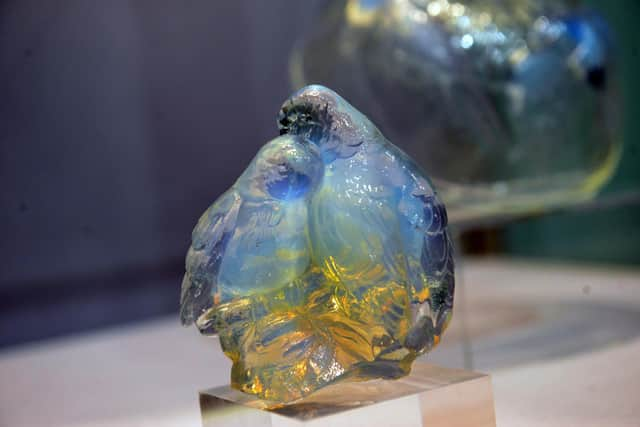

The designs you choose will be transferred onto a real glass plate to take home. This activity is suitable for ages 4+. Tickets are £2 per child, adults go free.
From September a 1970s-inspired Pyrex kitchen / diner will go on display at the museum, amongst other activities.